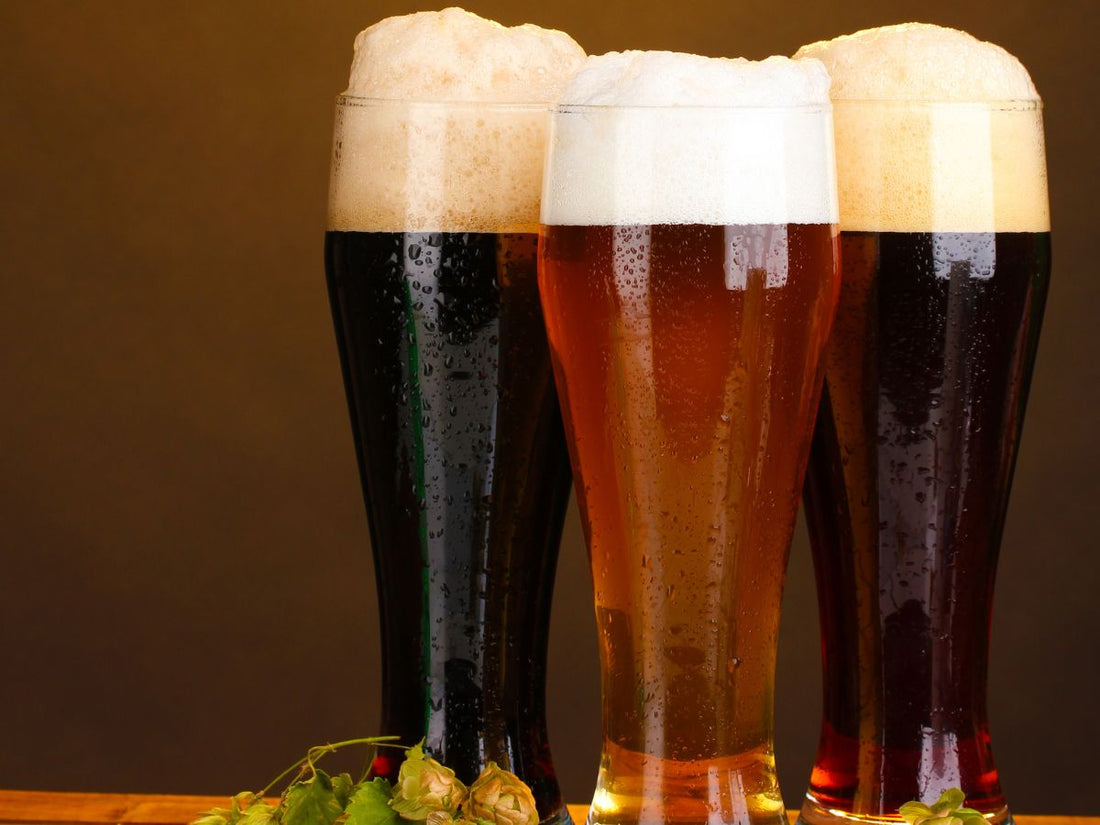See a Distillery in Galveston: Crafting the Finest Spirits
Wiki Article
Mastering the Craft of Purification: a Deep Dive Into Distillery Traditions
Exploring the complex art of distillation introduces a globe steeped in classic customs that have formed the spirits we delight in today. From the old origins of purification methods to the modern development of distillery equipment, each action in the process lugs with it a rich tapestry of background and expertise. As we dig into the fragile balance of typical versus modern-day distilling techniques and uncover the relevance of key components, a deeper understanding emerges of the profound influence distillery practices carry the spirits we savor.Origins of Purification Techniques
The growth of distillation techniques has a rich history that traces back to old civilizations. The concept of separating components based on their various boiling factors laid the foundation for the sophisticated distillation procedures we have today.
The earliest proof of purification days back to around 3000 BC in Mesopotamia, where clay pots were utilized to distill perfumes and aromatic oils. The Egyptians better advanced these methods, utilizing distillation for medicinal objectives and embalming techniques. The Greeks, significantly figures like Aristotle and Hippocrates, added to the academic understanding of purification.
In time, distillation infect areas like India, China, and the Middle East, each culture adding its unique touch to the craft. The advancement of purification techniques proceeded via the Middle Ages and the Renaissance, eventually leading to the varied selection of purification processes used in modern-day distilleries worldwide.
Development of Distillery Equipment

With innovations in modern technology and a much deeper understanding of the distillation process, modern-day distilleries currently use a variety of innovative devices to create spirits of the finest. Today, purification devices includes column stills, reflux stills, and hybrid stills, each made to cater to particular purification requirements. These modern stills supply much better temperature law, raised distillation accuracy, and higher efficiency in dividing alcohol from pollutants.
Along with stills, distilleries now use sophisticated condensers, fermenters, and filtration systems to further fine-tune the extract. The development of distillery tools continues to play a crucial function fit the diverse variety of spirits readily available in the marketplace today.
Standard Vs. Modern Distilling Practices
On the other hand, modern distilling practices utilize sophisticated technology and innovation to improve production processes and enhance consistency. Automated systems, computerized controls, and advanced devices make it possible for modern distilleries to create spirits much more effectively and with greater precision.While traditional distilling practices are valued for their heritage and the distinct flavors they produce, modern-day approaches use benefits in terms of scalability, quality assurance, and sustainability. By incorporating anonymous clinical advancements and contemporary engineering, distillers can optimize manufacturing, minimize waste, and satisfy the demands these days's market a lot more efficiently. Ultimately, the selection in between contemporary and conventional distilling techniques usually relies on the distillery's goals, values, and target audience.
Trick Components in Distillation Refine
Within the craft of distillation, the selection of vital components plays an important role in establishing the flavor account and top quality of the spirits produced. The key components utilized in the distillation procedure are generally water, yeast, and a fermentable resource such as grains, fruits, or sugarcane.Water is an essential part as it not only dilutes the alcohol material to a tasty degree however likewise affects the total mouthfeel and texture of the spirit. The top quality and mineral web content of the water made use of can dramatically affect the final item.
Yeast is one more important active ingredient that converts the sugars existing in the fermentable resource into alcohol with the procedure of fermentation. Different stress of yeast can create differing fragrances and flavors, adding to the one-of-a-kind qualities of the spirit.

Influence of Distillery Traditions on Spirits
The influence of historical distillery traditions on spirits prolongs beyond the Resources option of essential active ingredients, shaping the really significance and personality of the final distilled items (Galveston Whiskey). These traditions, gave through generations, play an important role in defining the unique taste accounts and top qualities that identify one spirit from an additionalDistillery customs incorporate a vast array of practices, from the details methods utilized in purification to the choice old procedures employed. For example, using typical copper pot stills in bourbon manufacturing is believed to give particular flavors and attributes that are very valued by connoisseurs. Similarly, the aging of spirits in oak barrels, a method deeply rooted in distilling practices, adds to the development of intricate fragrances and tastes in time.

Verdict
From the beginnings of purification methods to the contemporary methods, the effect of distillery practices on spirits is undeniable. Distillery traditions play an important function in forming the spirits sector and maintaining the heritage of purification methods.Throughout the history of distillation, the equipment made use of in distilleries has actually gone through considerable evolution to enhance performance and quality of the distillation procedure.With advancements in technology and a much deeper navigate to this website understanding of the purification procedure, modern distilleries currently use a range of innovative tools to create spirits of the highest top quality. Today, purification devices includes column stills, reflux stills, and crossbreed stills, each developed to cater to specific distillation requirements. From the origins of purification techniques to the modern techniques, the effect of distillery traditions on spirits is obvious. Distillery customs play an important duty in shaping the spirits sector and protecting the heritage of distillation techniques.
Report this wiki page